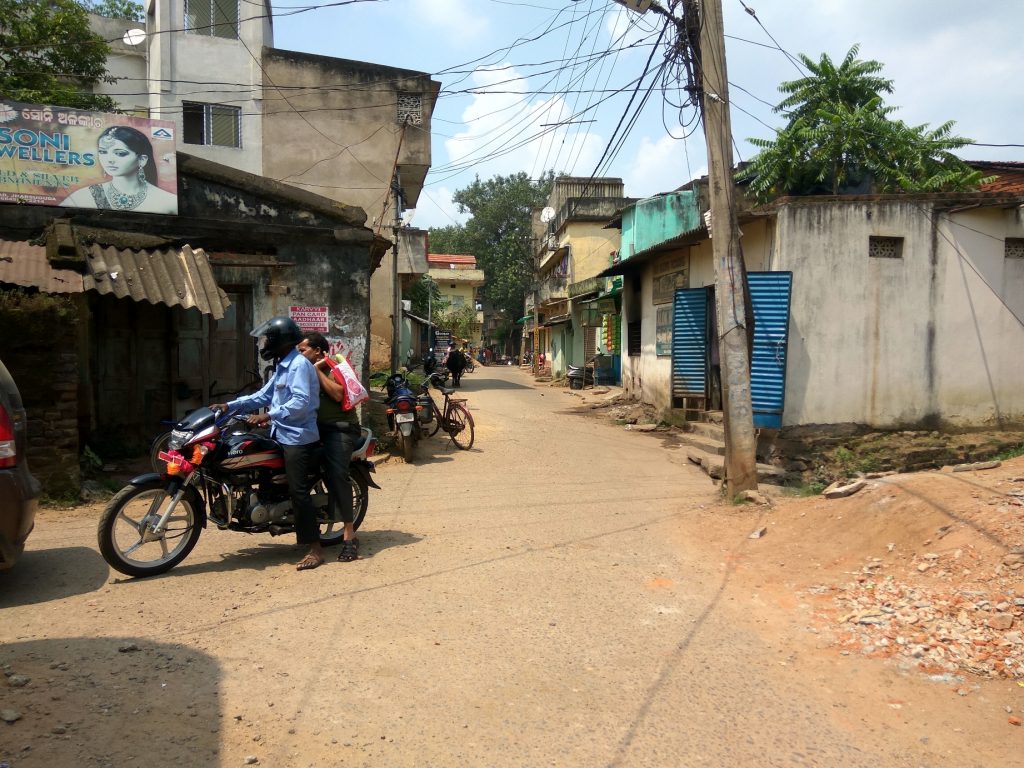Jharsuguda: Every locality – be it a village or a semi-urban pocket in a city – has a history behind its nomenclature.
According to local claims, an old human settlement in the town called Puruna Basti is the real Jharsuguda and not the one that has mushroomed around the railway station.
One may not be able to trace a documentary evidence to back the popular claim, but local residents still believe Old Jharsuguda or the Puruna Basti is the core of the town from which modern city has expanded.
According to senior citizens, Ranjit Singh, a successor of Sambalpur King Shiva Singh was appointed as a zamindar of ‘Jharguda Pragana’ (modern Jharsuguda) which comprised 12 praganas including Jharguda and present day Puruna Basti. However, the nomenclature is of recent origin.
The British government set up a railway station at Jharguda, between Bengal and Nagpur (BN Railway) towards the end of the eighteenth century. Gradually, Jharguda became popular as Jharsuguda. The traders from Uttar Pradesh, Bihar, West Bengal, Andhra Pradesh, Gujarat and Rajasthan arrived at Jharsuguda after the station was set up. Ease of communication made the traders to settle down near the railway station.
While Jharsuguda became popular with the increasing of population, outsiders started calling the old settlement as Puruna Basti. Later, the periphery of Jharsuguda town expanded and touched Puruna Basti.
However, there is no documentary evidence to corroborate the origin of Purana Basti, said litterateur Govinda Tripathy.
“Puruna Basti was the real Jharsuguda at the beginning. Migrants from other states started living near the railway station and named the old Jharguda area as Puruna Basti,” added Tripathy.
Tapaswilal Tiwari, another resident, said there was a small colony and the zamindar of Jharguda was among the first residents in the city.
PNN
